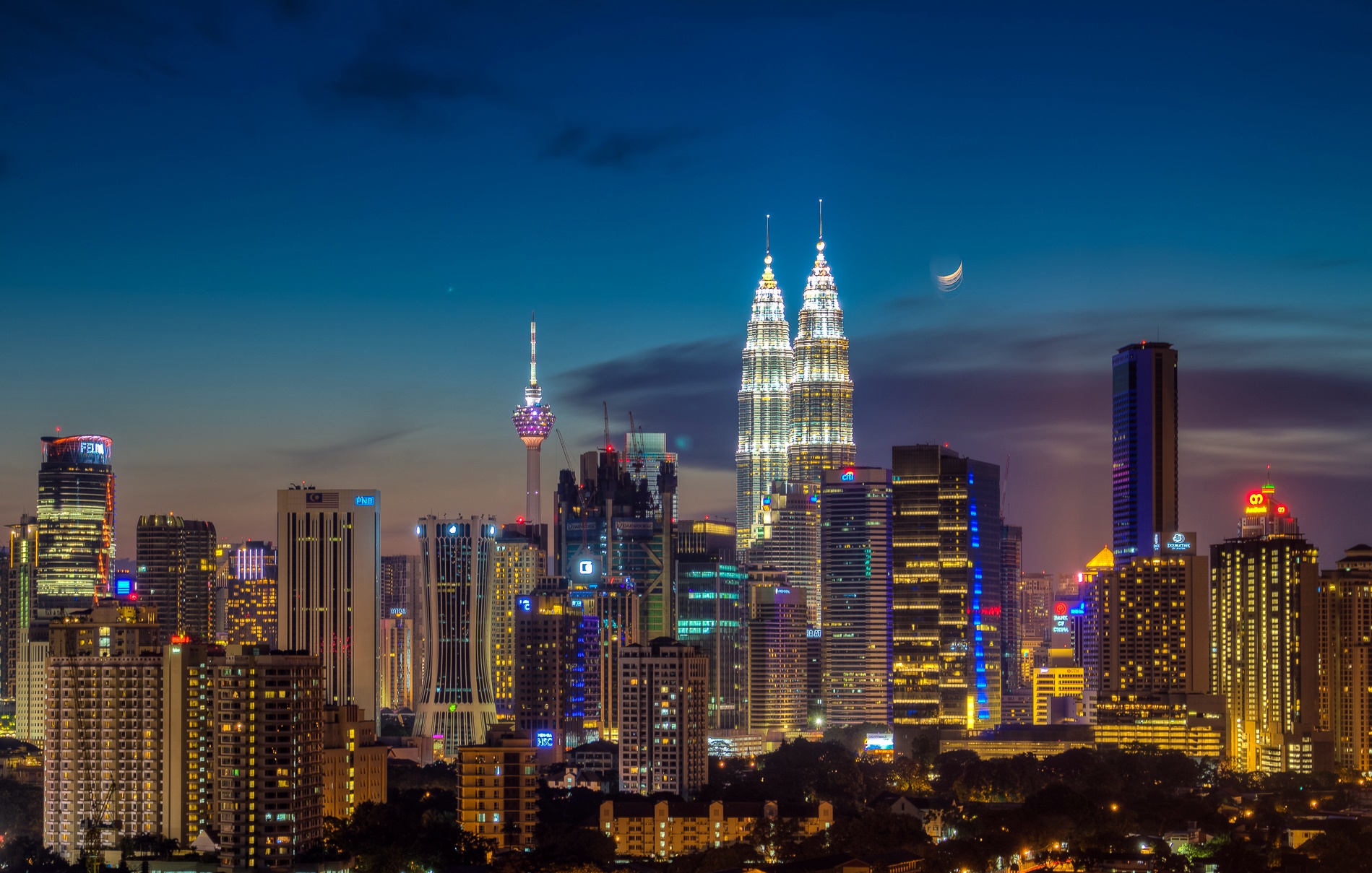MALAYSIA must ensure that its domestic business ecosystem is ready to support small and medium enterprises (SMEs) and cultivate highly skilled people, hence becoming a high value chain country before signing or ratifying any trade agreement.
UiTM Sabah political economist-lecturer Firdausi Suffian said: “We need fewer constraints. (At the same time) we don’t want to be left out. We want to participate in free trade agreements (FTAs) but we also need to proceed with caution.
“Consider the latest cabotage policy and the subject of undersea cable. It hinders Malaysia’s economic reform. However, if you consider the state’s interests, the cabotage policy should remain.”
In his view, the Government should ensure that foreign-flagged vessels repairing underwater cables are able to pass on their expertise to Malaysian workers.
“Knowledge-sharing fosters local capabilities,” he told Bernama.
Despite the aspirations of nurturing an open economy, certain regulations are still needed because state-level interests need to be protected.
“The degree of protection and intervention defines how liberal the economy is. Finally, we cannot rely only on the home market. We must integrate into the global industrial network,” he added.
On the rapid changes in Malaysia’s political landscape and its impact on Malaysia’s trade relations, he said trade agreements and politics are inextricably linked. While Malaysia’s policies are open and transparent (to a degree), political interests have an implicit influence on trade policies.
“We want to benefit from FTAs. Therefore, we need policy instruments that work along the way, particularly in line with World Trade Organization (WTO) guidelines.
“One area that we should look at is the WTO’s Most-Favoured-Nation principle, which means treating others equally. Countries are not permitted to discriminate between their trading partners under WTO agreements,” he concluded.
Firdausi said if Malaysia aimed to move into a high-value economy, it must ensure that its domestic business ecosystem is ready to support SMEs and is also able to nurture a pool of highly skilled workforce.
He said SMEs account for 90% of Malaysia’s Gross Domestic Product (GDP) and 65% of the job market.
“Projections revealed that our economy will grow next year, but this does not imply we will be back to pre-COVID-19 normalcy. So, are our SMEs ready? Their growth depends on substantial Government backing, not only financially but also in terms of skilled workers, the overall ecosystem and infrastructure.
“Most nations want to improve their own economies as they gradually restart pre-COVID-19 trade relations. When it comes to trade, there may be zero-sum games and there may be trade-offs. Certain interests may be enforced. Therefore, further considerations for SMEs are required,” he added.
For example, he said more should be done to prepare the country and its SMEs for the Regional Comprehensive Economic Partnership (RCEP) and the Comprehensive and Progressive Agreement for Trans-Pacific Partnership (CPTPP).
The latest Budget 2022 announced financial support and digitalisation for the sector, but SMEs must be better prepared if they are to be competitive.
Malaysia’s Budget 2022 has allocated RM332.1 bil from RM320.6 bil this year as a result of COVID-19 relief measures.
The Government expects a 5.5% to 6.5% GDP growth next year, with a 5.9% revenue growth to RM234 bill.
RCEP, CPTPP and NAFTA
When signing or ratifying trade agreements, it is good for Malaysia to proceed with caution, although FTAs have their benefits.
Comparing the RCEP and NAFTA, both of which are free trade agreements, Firdausi said the RCEP offers a larger market and is more promising compared with the North American Free Trade Agreement (NAFTA) which encompasses the US, Mexico and Canada.
NAFTA has a combined GDP valued at US$24.37 tril while the 15 countries of RCEP have a combined GDP of US$25.84 tril, or about 30% of the world’s total GDP.
The RCEP was signed by the 10 ASEAN members and its five dialogue partners which include Australia, China, Japan, South Korea and New Zealand.
The CPTPP, on the other hand, is a multilateral agreement that includes Malaysia, Mexico, Peru, New Zealand, Singapore and Vietnam.
Often, the benefits of these agreements need time to take effect. For example, time was needed for the Common Effective Preferential Tariff (CEPT) plan to take effect, but it showcased Malaysia’s attention to details, notably in the automobile sector, he said.
While these are regional agreements, on an individual country level, Malaysia enjoys a competitive edge in key areas such as electrical and electronic (E&E) components and semiconductors.
“We can gain more in E&E and semiconductors because we are well integrated into the global production network,” he said. Vietnam, like China, has a strong garment and textile sector. Thailand has a robust automobile industry, whereas Malaysia is not a frontrunner in those industries.
“We will collaborate with nations with strong value-added activities, such as Singapore, Japan, South Korea and New Zealand. We may benefit from some initial investments. Some low-value tasks will shift to Malaysia, but we must progress up the value chain and not become stuck in mid-value activities.
“Mid-value-added activities come with mid-level payment and compensation, which signifies no wage advancement. In theory, regional production networks can assist to develop regional economies. Our RCEP offers that aspect and has helped the Malaysian economy, but we must be cautious,” Firdausi added.
While regional agreements can help individual member countries, the Malaysian Government must, at the same time, build an ecosystem for foreign direct investments (FDIs) to bring in skill-based activities.
“We need to define technology transfer among multinational corporations (MNCs) and the government needs time to establish and strengthen these domestic ecosystems,” he added.
“We cannot rely on foreign firms to build and form competitiveness in the market. Passivity will result in MNCs obtaining subsidies and tax breaks at the expense of fostering domestic players,” Firdausi said.
He also emphasised that the inflow of foreign investors does not entirely depend on tax benefits or 10-year tax holidays for multinational firms. Instead, it is about skills and what the existing labour market has to offer.
“We have skilled workers, but they need to progress further in their skill sets. The stability of our political institutions is also a point to consider for investors choosing the investment climate,” he went on.
Echoing that sentiment, a leading economist on competition policy, regulation and economic development Keith Boyfield said now is the right time to bolster brand quality.
“The world needs skills and Malaysia is well placed to take advantage of the opportunities presented in our digital age. One of Malaysia’s leading exports is consumer electronics,” Boyfield said. In bolstering brand quality, a key factor is the development of human capital.
He said global companies are reassessing their supply chains in the wake of the pandemic with a view to broadening their range of suppliers in order to mitigate future risks.
As for the economic benefits of RCEP for ASEAN members, he said the benefits are not necessarily fairly distributed because member countries are pitted against one another despite aspirations for regional integration.
“But the main expected benefit is the hope that it will bolster regional supply chain integration by liberalising rules of origin. This should encourage traders to source intermediate goods from any of the member countries with only one certification of origin,” Boyfield added.
“COVID-19 has levelled things to a certain degree. It will, over time, inevitably encourage businesses to revise what they consider to be efficient practices,” he noted.
“Certainly, improved infrastructure links will help although the Asia Development Bank calculates that US$1.7 tril a year in infrastructure investment is required over the next 15 years to maintain growth rates and combat poverty and climate change issues. – Dec 19, 2021.









